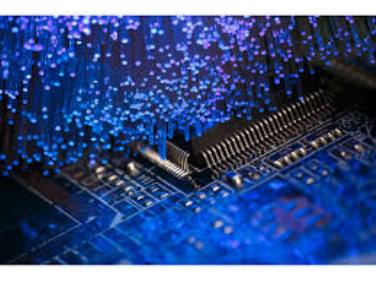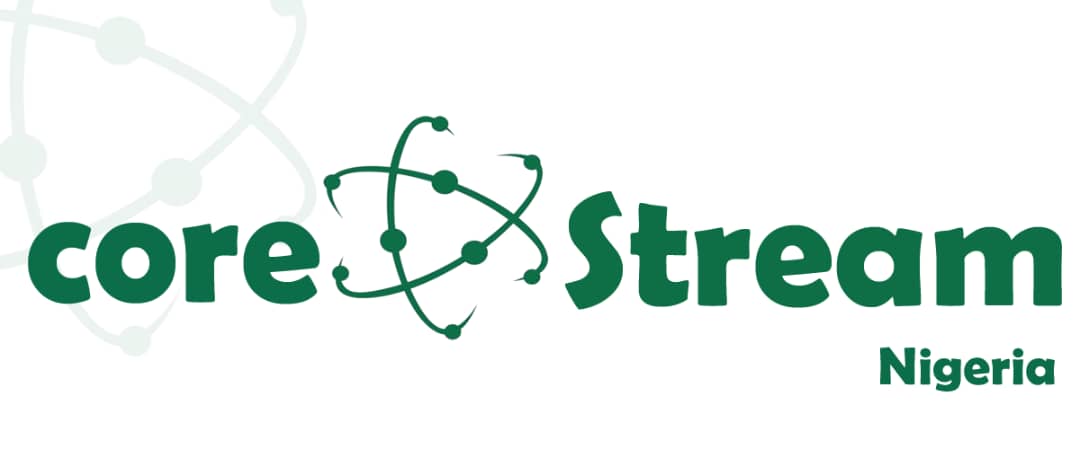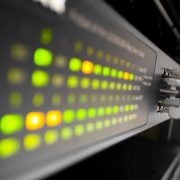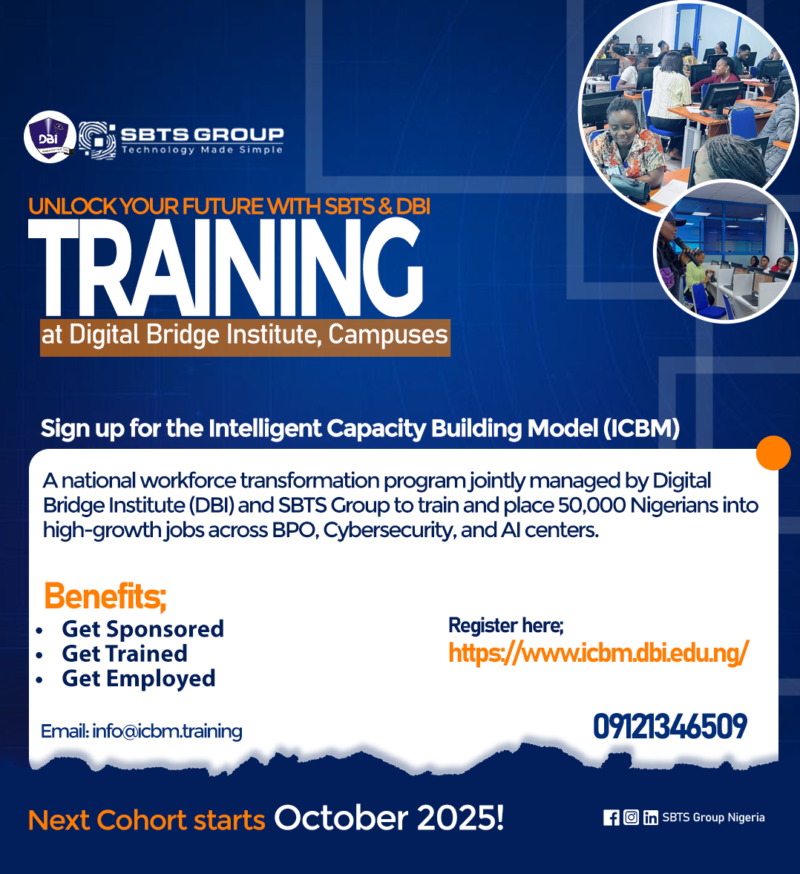AI system architectures could surpass the capabilities of Chat GPT in high-end data centers, especially as communication between GPUs becomes more enhanced as a result of better connectivity.
RELATED: IDTechEx forecasts demand for HBM to grow 15-fold by 2035 for HPC and AI
IDTechEx’s report, “Co-Packaged Optics (CPO) 2025-2035: Technologies, Market, and Forecasts“, looks at how CPO technology can enhance data center efficiency and shape infrastructure to allow for more powerful computing systems, and predicts the total CPO revenue to reach US$1.2 billion by 2035, growing at a CAGR of 30% from 2025.
Transceivers and the movement towards CPO
Optical transceivers in high-end data centers are critical components, as they allow for interconnectivity between switches and servers. Pluggable optics have been the mainstream technology for some time – optical modules that can be inserted and removed from the front panel of a switch at the edge of a PCB, and typically run at data rates of 400G per second. However, to fulfill the higher demand of future data centers, 800G is now being commercialized, with 1.6T per second on the horizon to be developed in the next few years.
While flexibility, scalability, and ease of upgrading or replacing are all benefits of pluggable optics, IDTechEx reports that the main challenges are their high-power consumption and limited bandwidth densities, which are crucial factors to consider within high-end data centers.
Therefore, the evolution of optical transceivers is predicted to move from pluggable optics towards onboard optics, and then on to CPO, with power consumption and bandwidth becoming more optimized along the way.

Key trend of optical transceiver in high-end data centers. Source: IDTechEx
On-board optics as a midway solution
Maintaining a good signal as package and bandwidth sizes increase can be achieved by bringing optical interconnects closer to the ASIC to minimize losses. The resultant lower power consumption of an optical transceiver will also reduce the overall system power, meaning enhanced efficiency and performance can be achieved, and scalability for future high-bandwidth systems is more likely.
On-board optics would see the transceiver being placed in the middle of the PCB – an approach somewhere between pluggable optics and co-packaged optics. IDTechEx reports that some companies use this technology as a midway solution to reduce electrical losses, where possible, to reduce a system’s overall power consumption.
Minimizing traces with co-packaged optics
In co-packaged optics, the transceiver is located on the same substrate as the ASIC rather than on a PCB, meaning it is a far closer interconnect distance. As this technology becomes more advanced, a second generation of CPO could involve the transceiver being placed on the interposer with the ASIC for much finer routings to minimize traces and reduce electrical losses.
CPO is a technology that is predicted to transform high-end data centers, with its ability to create better timing, higher signal integrity, lower latency, and higher bandwidth. These factors will, in turn, enable more GPUs to a system, allowing for as many as 2000 GPUs to be directly connected, which will be crucial for large data sets and more powerful computing systems, which are in demand with the rise of AI and large language models.
IDTechEx’s research focuses on some of the challenges that arise with achieving future AI systems, and how CPO can revolutionize them for the better. Their report includes 27 company profiles, along with details on 2.5D and 3D advanced semiconductor packaging technologies.





























